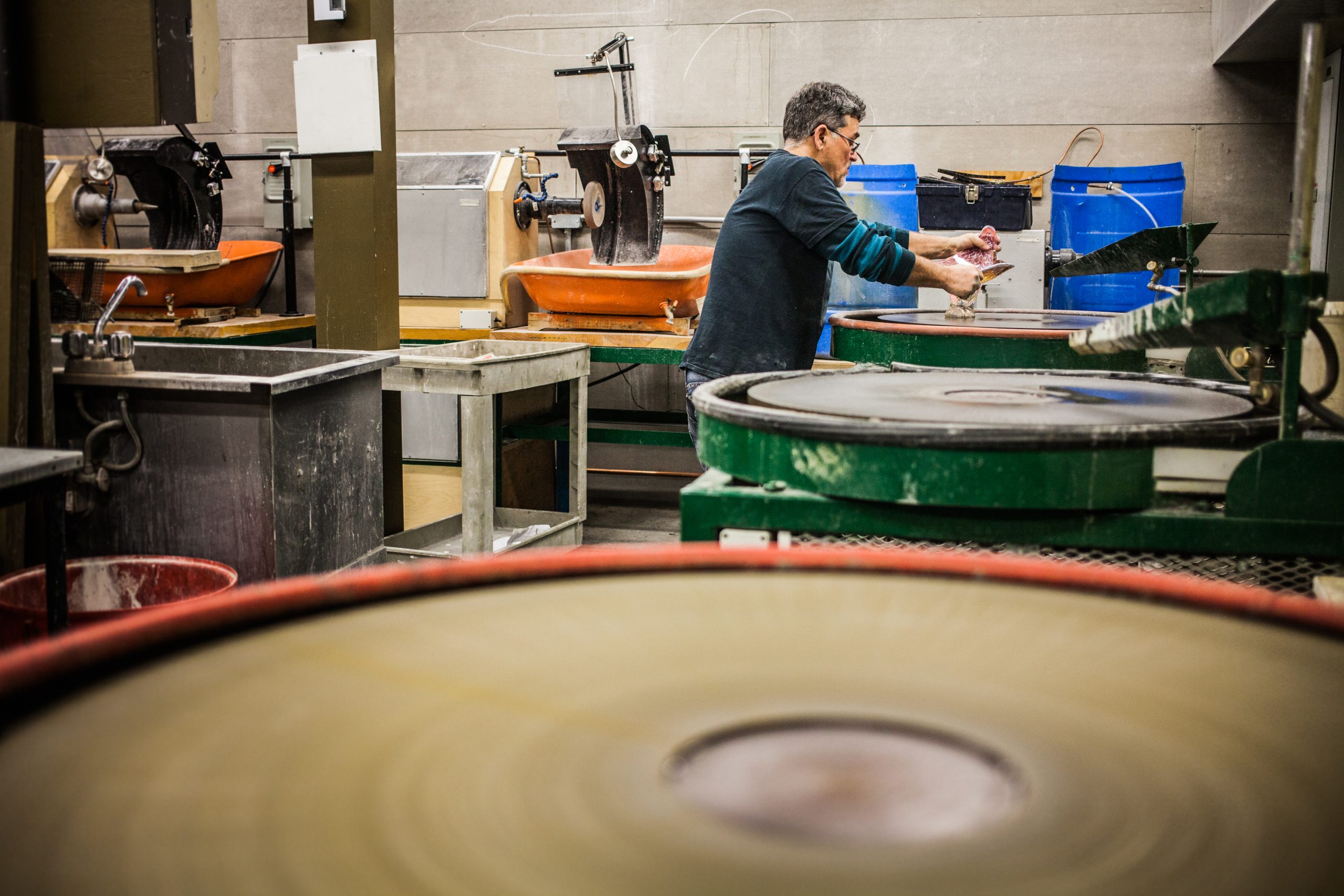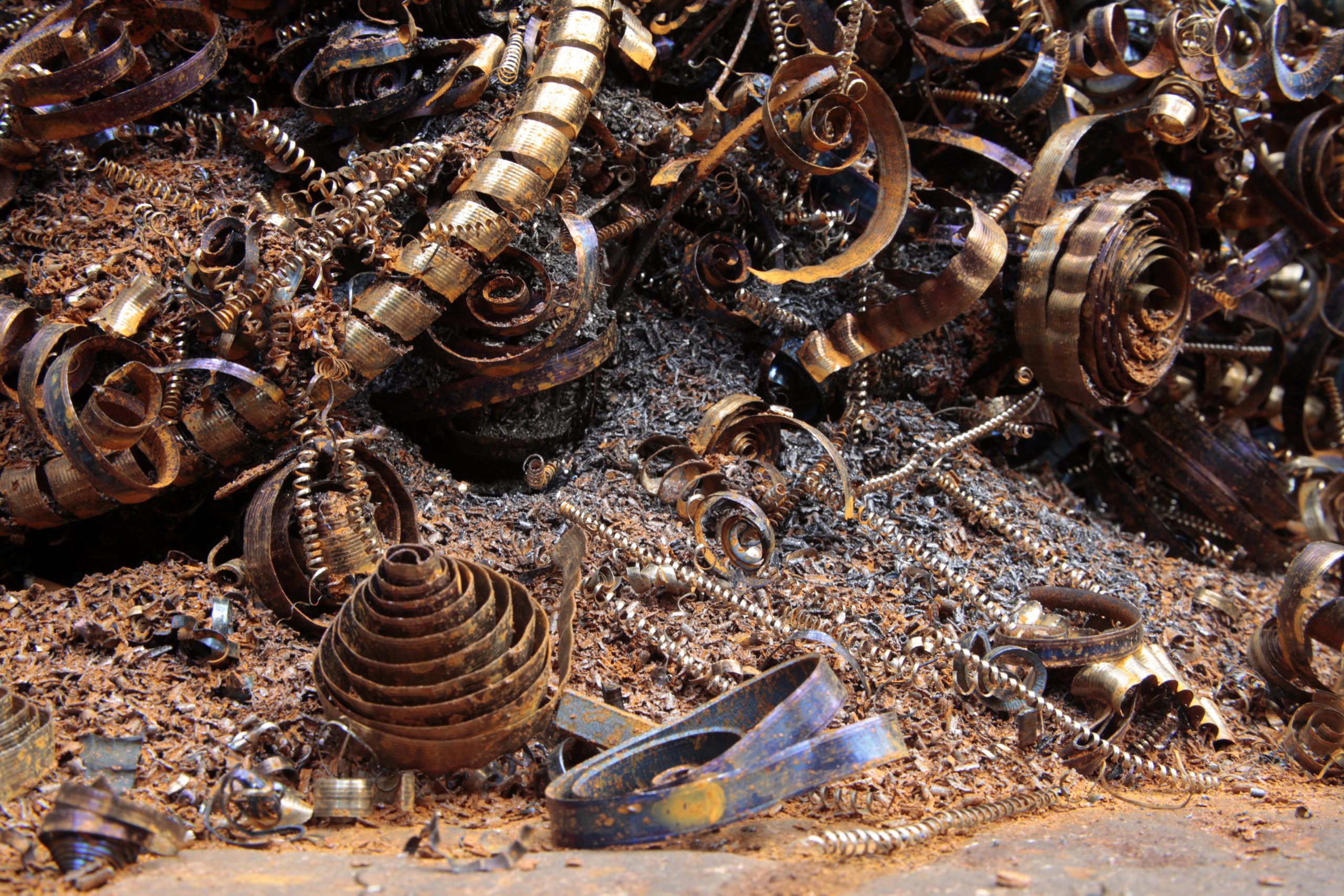

How supply chain affects metal spinning projects
Metal spinning serves an important role in the supply chain. It involves forming products from raw materials according to project specifications, as well as preparing parts for finishing processes. This article examines how supply chain changes can affect metal spinning and any projects that utilise the process.
Supply chains in manufacturing
When manufacturing metal products for use in business processes, there can be many steps involved. The supply chain must be managed effectively to deliver products on time and to specification.
There may be various suppliers that are needed to provide the raw materials needed for manufacturing. Alongside this, pre-manufactured components that are required for the final product assembly.
In this step, businesses determine what products to produce, in what quantities, and when. This requires strategising to allocate resources and forecasting the production timeline for the parts required. It is also typically necessary to engage in process management and quality control during the creation of the products. Testing and inspection are used to make sure standards are met.
The stock of raw materials must be monitored to ensure uninterrupted production. Manufacturers frequently use a Work-in-Progress (WIP) to track products at various stages of the production process. This then transitions to a finished goods inventory which organises how many units are ready for shipping.
Inbound logistics are needed to manage the receipt of raw materials and components from suppliers. Outbound logistics then handle the distribution of finished goods to customers and/or distribution centres. Various forms of transport may be used to coordinate the movement of goods, especially for international supply chains.
Safe storage raw materials, WIP, and finished goods is essential to reduce risk of delays. Similarly, the process of picking, packing, and shipping orders for customers must be organised. Distribution centres will be responsible for the efficient allocation of goods.
Systems such as Enterprise Resource Planning (ERP) and Supply Chain Management (SCM) software help consolidate business operations for greater efficiency. Automation also helps to cut costs.
Demand forecasting involves predicting customer demand to optimise production and inventory levels. This may also include analysing overall market demand to match with appropriate supply.
Role of metal spinning in the supply chain
Proper supply chain management is essential for manufacturers to maintain their bottom line and guarantee product quality. Metal spinning is a process used to create parts from raw materials. As such, it is intrinsically tied to the supply chain. If lead times for raw materials are delayed, this will have a knock-on effect for the metal spinning process. The dimensions for the sheet metal must also be exact, as significant differences can lead to adjustments, or even reordering of raw materials. Other issues in the supply chain such as transport delays and inventory mismanagement can cause the following:
- Financial losses.
- Damage to company reputation.
- Disrupted schedules.
- Reduced confidence from investors.
Improve supply chain efficiency with metal spinning
One of the strengths of the metal spinning process is that it can be repeated easily for large batches. This allows for relatively short lead times on large scale projects. As experienced metal spinners, we are aware of the shortfalls that might occur at either side of the supply chain. Contact us today if you have any questions.

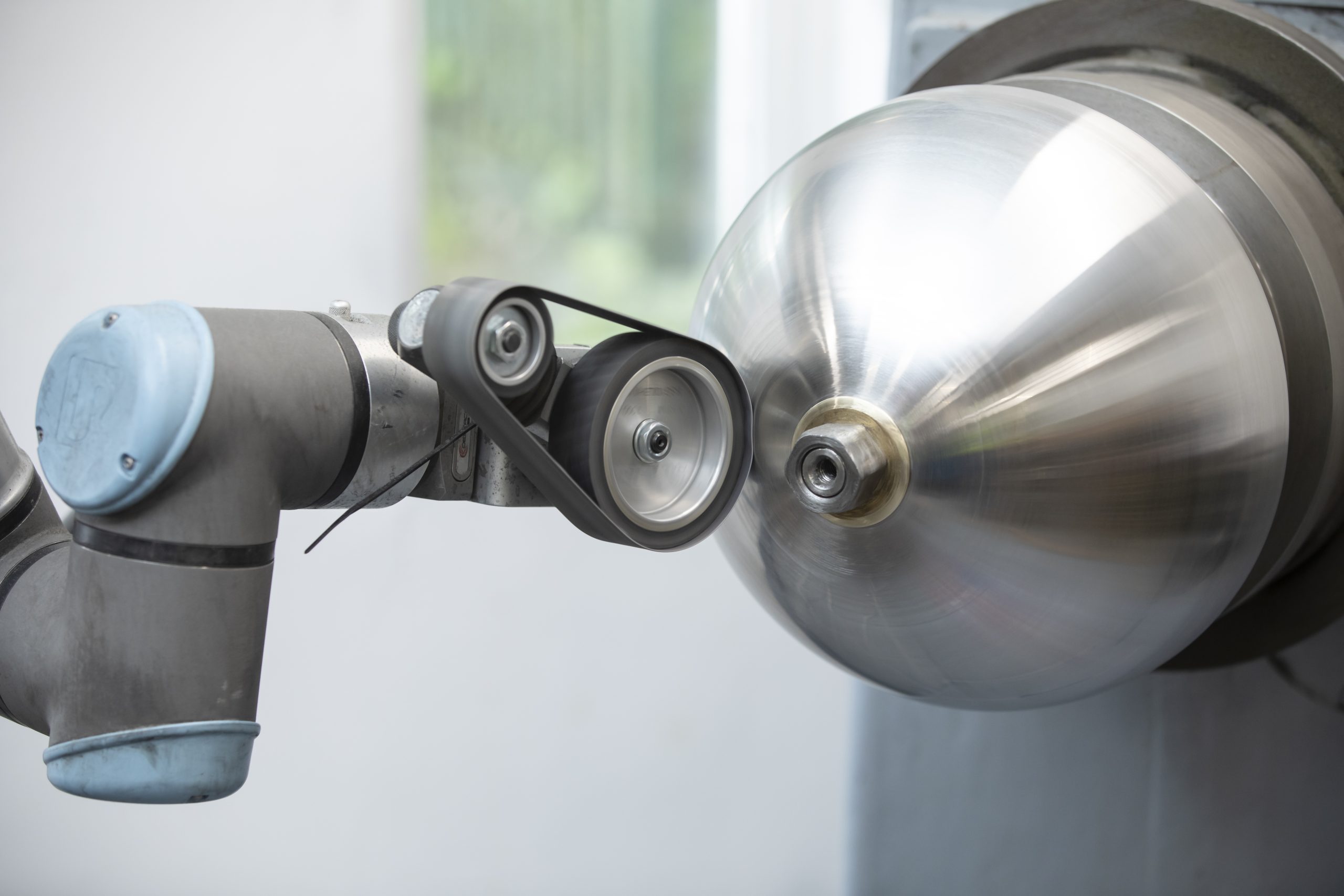 Metal Spinning
Metal Spinning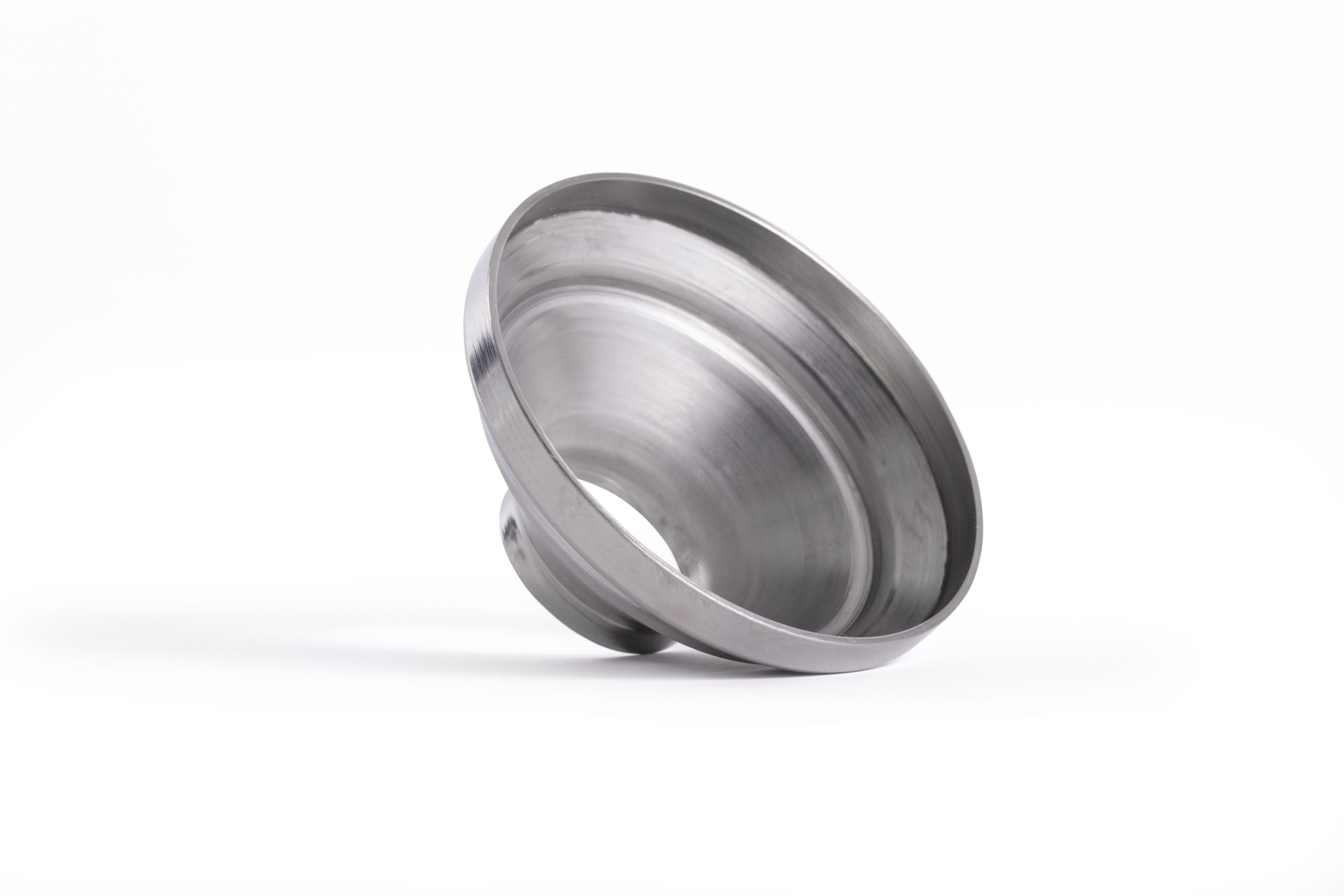 Bespoke Metal Spinning
Bespoke Metal Spinning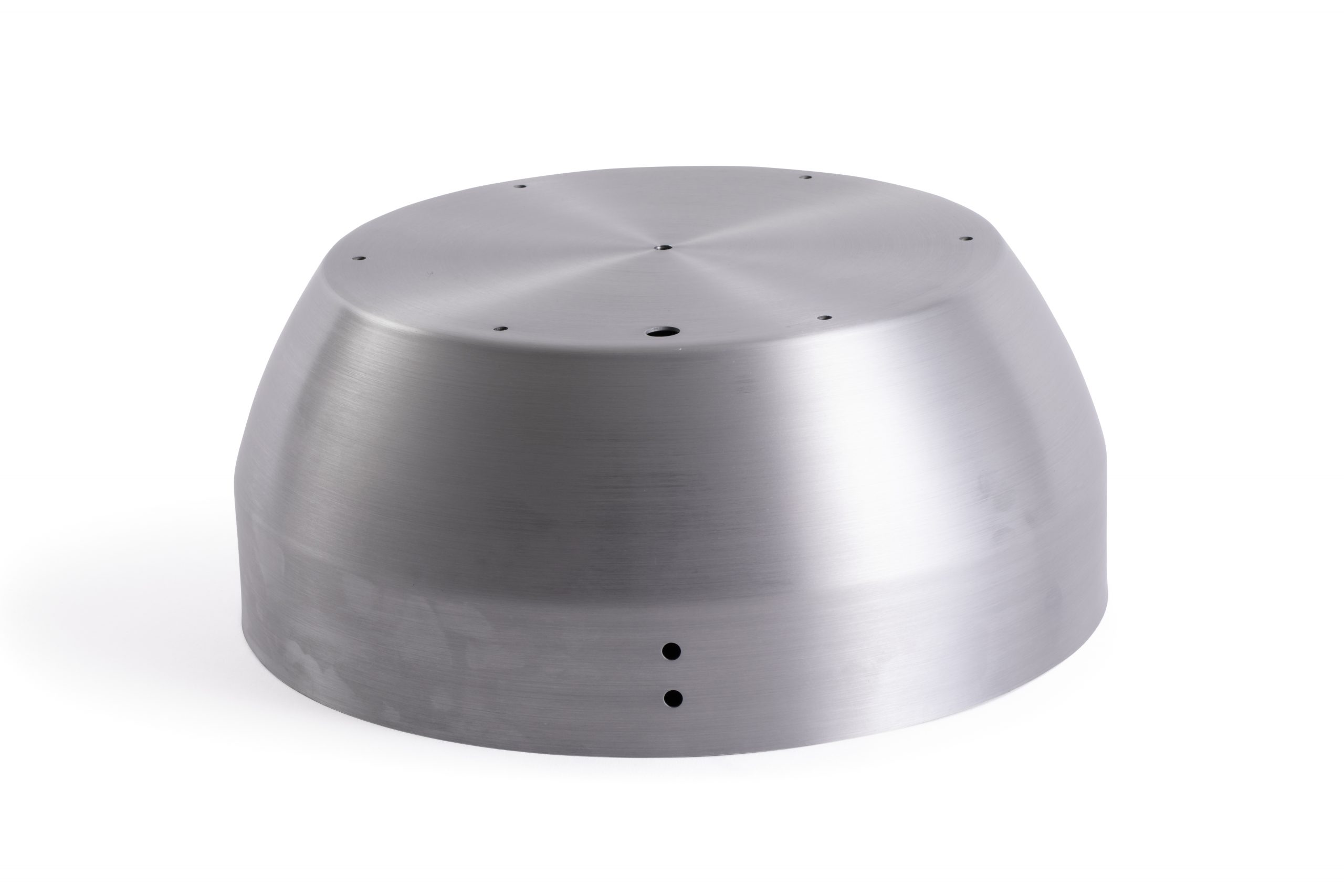 Metal Polishing
Metal Polishing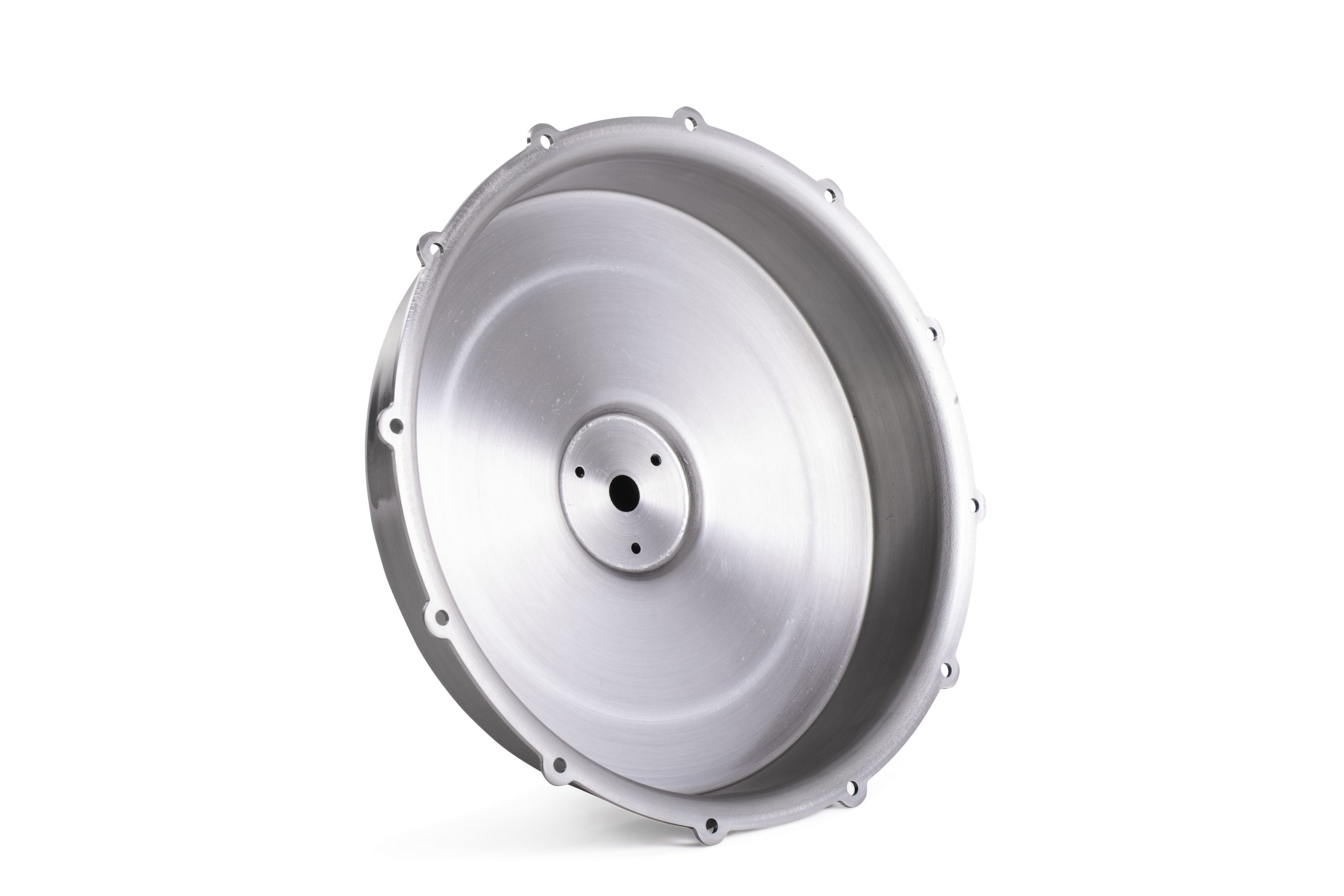 Machining
Machining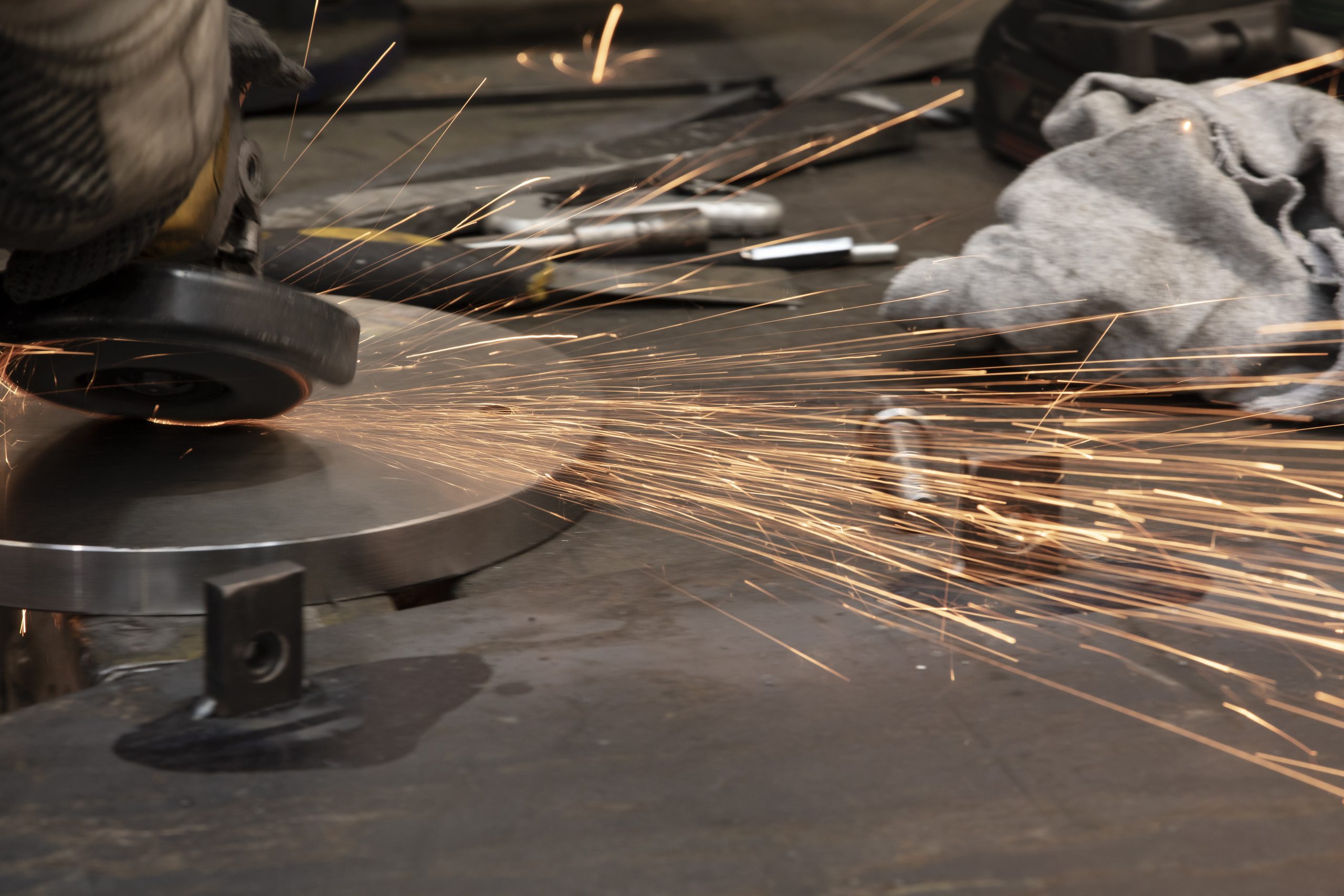 Metal Pressing
Metal Pressing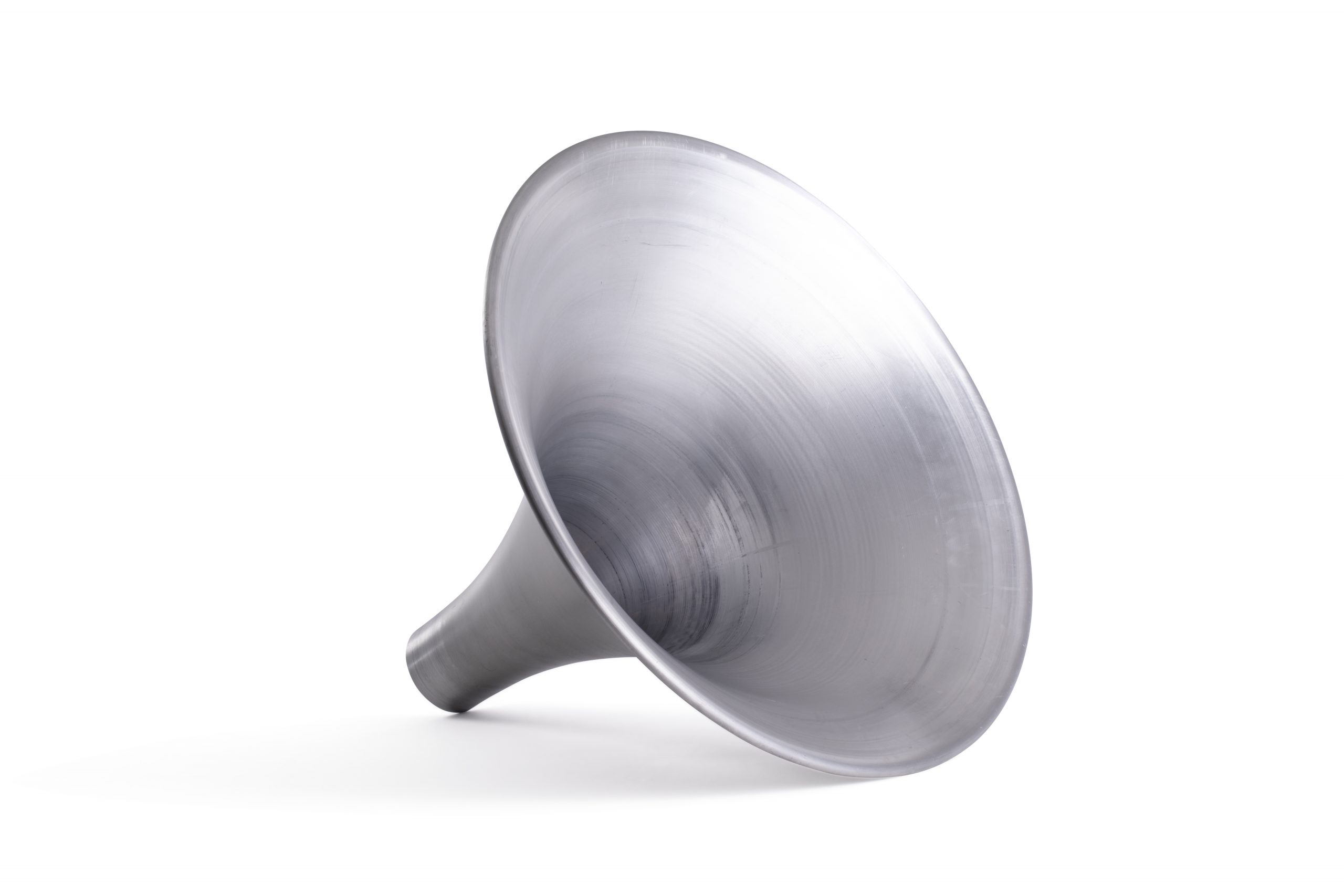 Metal Swaging
Metal Swaging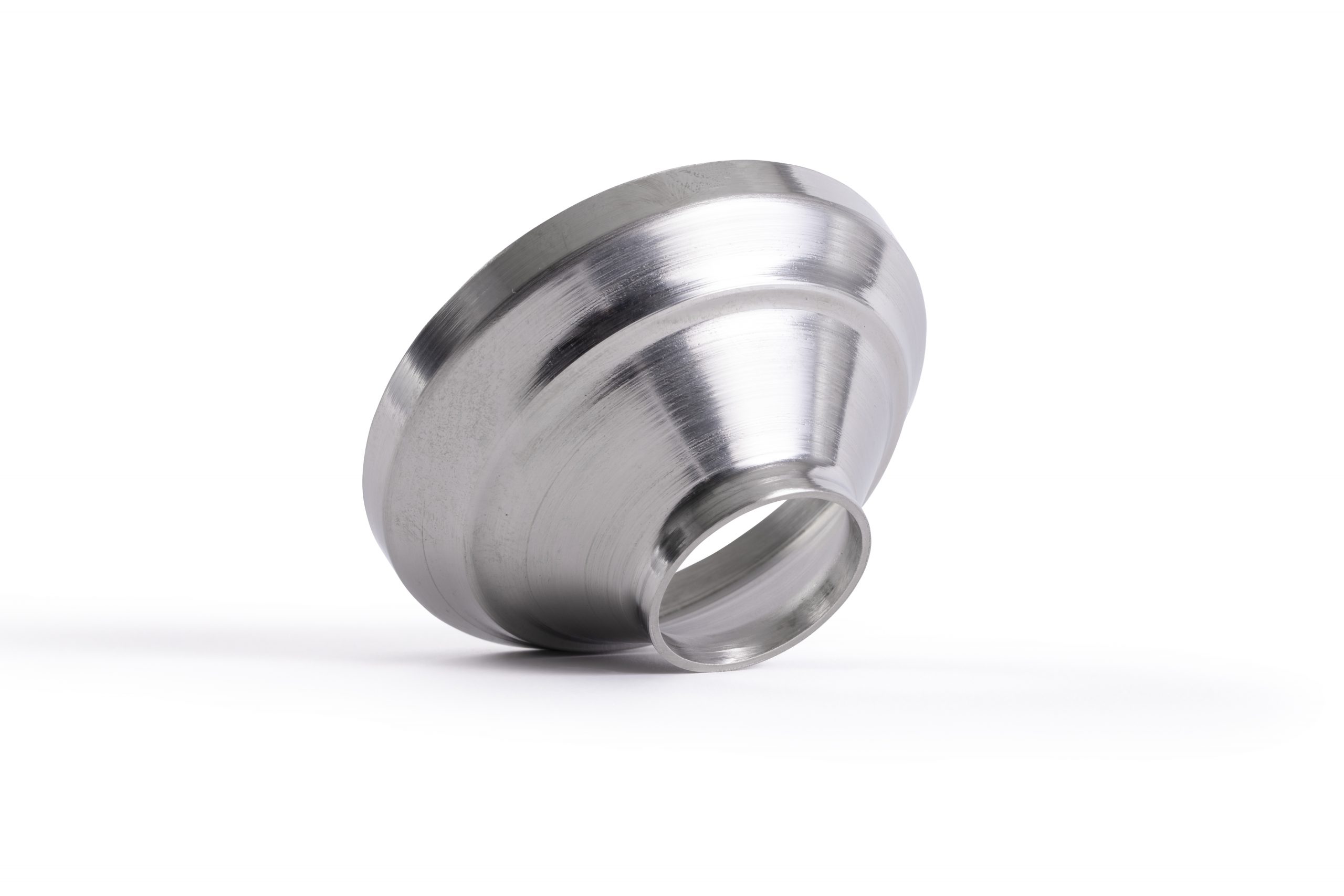 Metal Fabrication & Welding
Metal Fabrication & Welding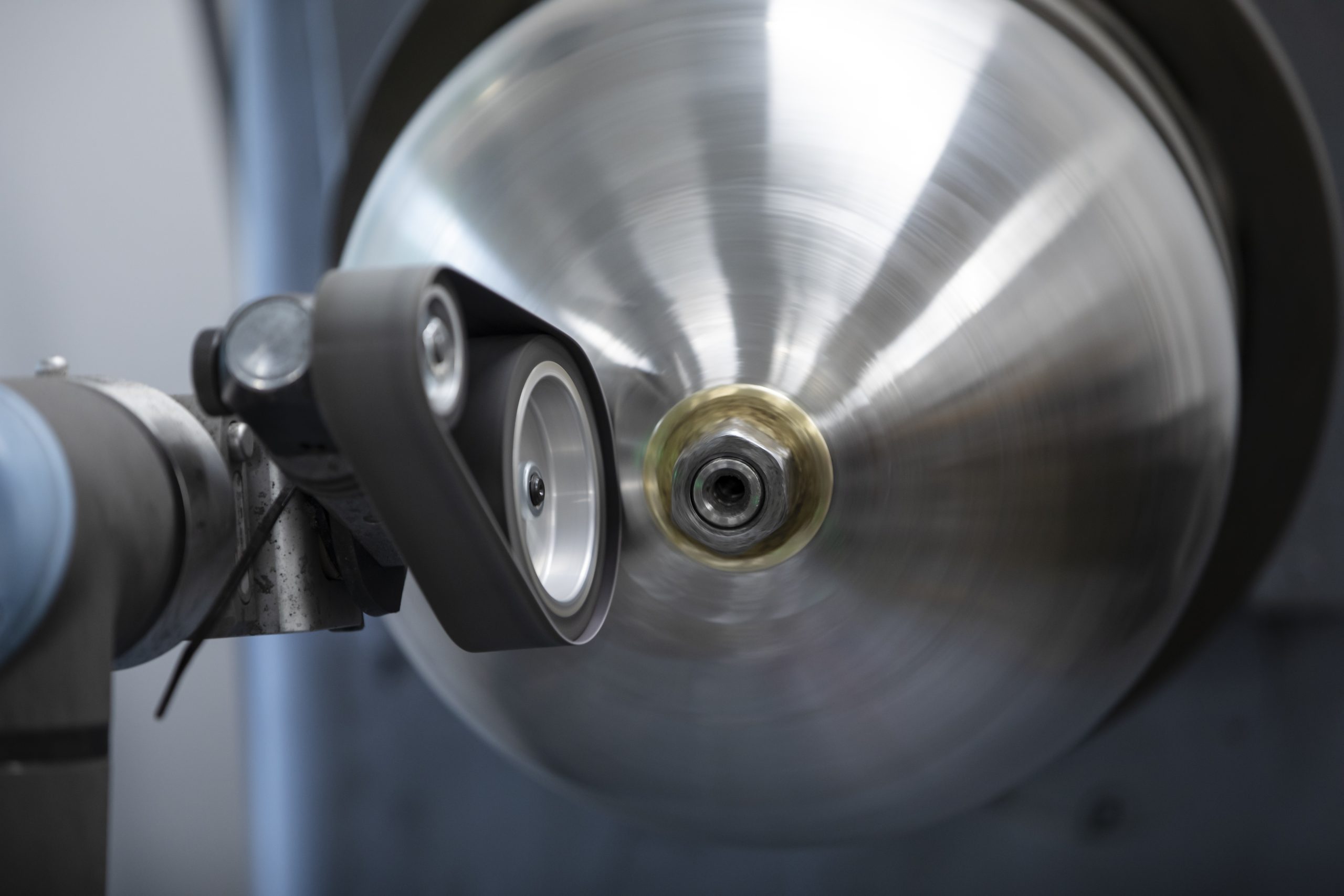 Precision Engineering
Precision Engineering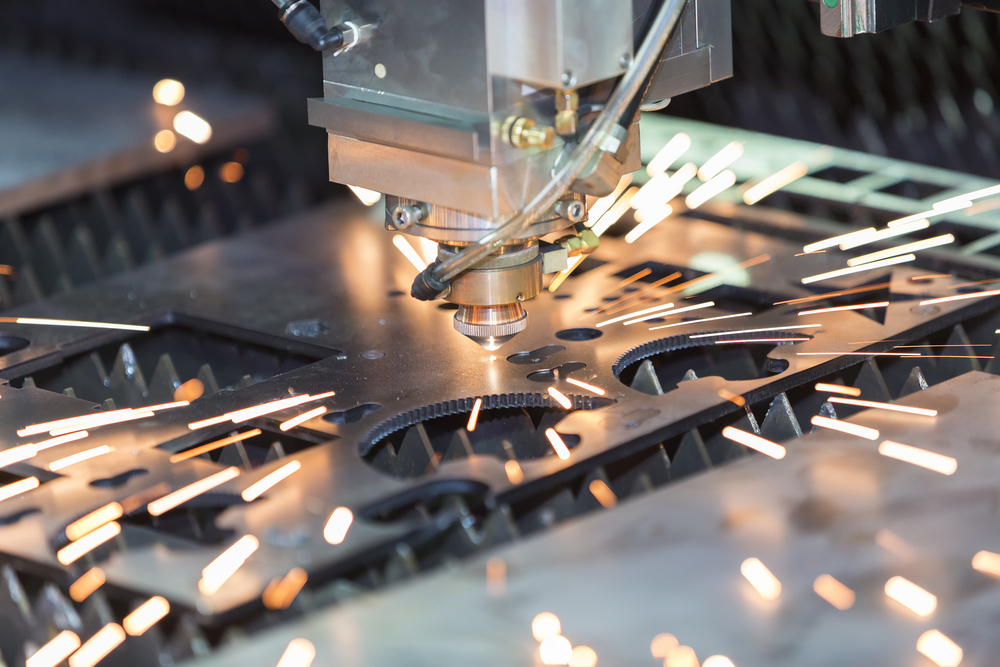 Laser Cutting
Laser Cutting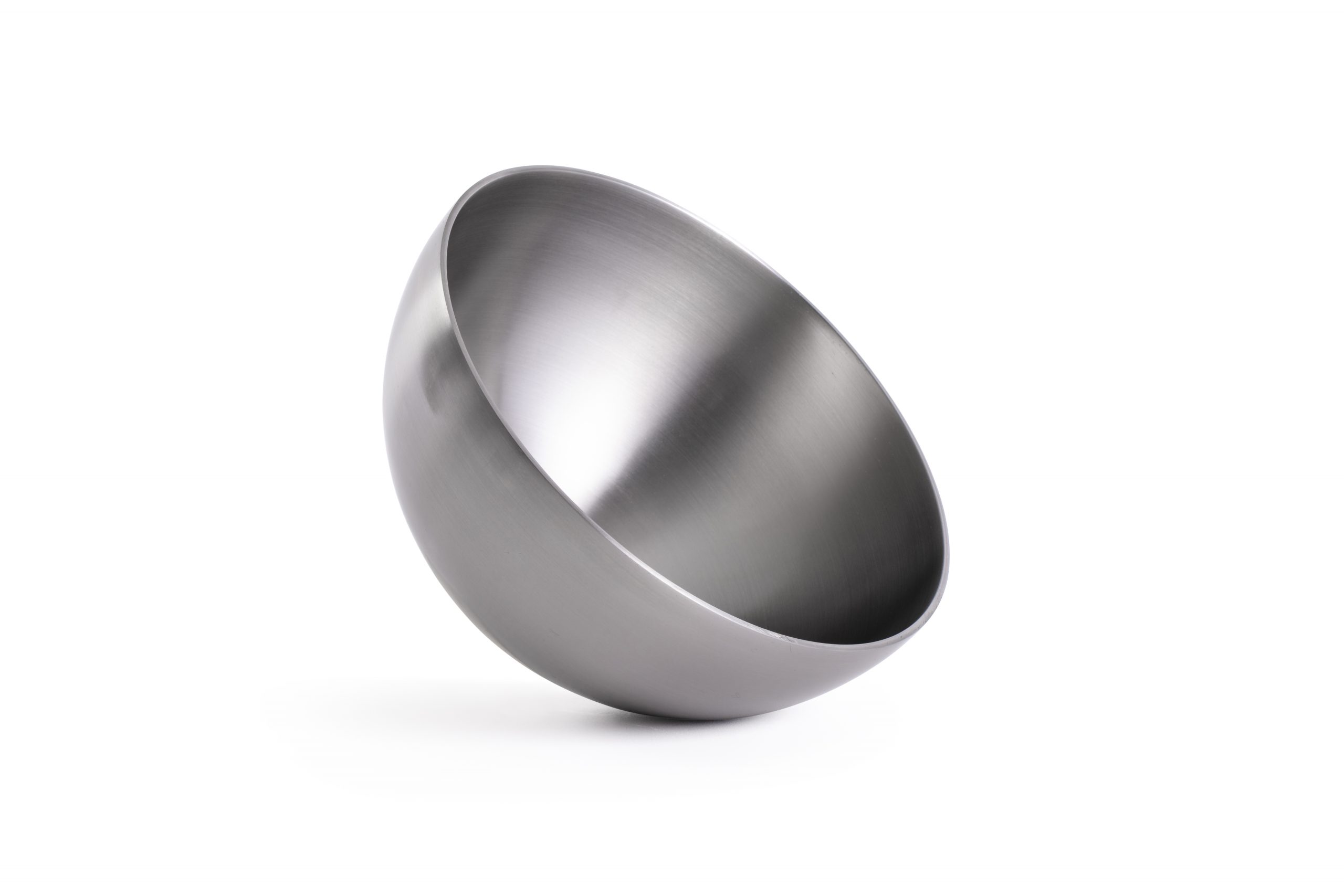 Inspection and Quality
Inspection and Quality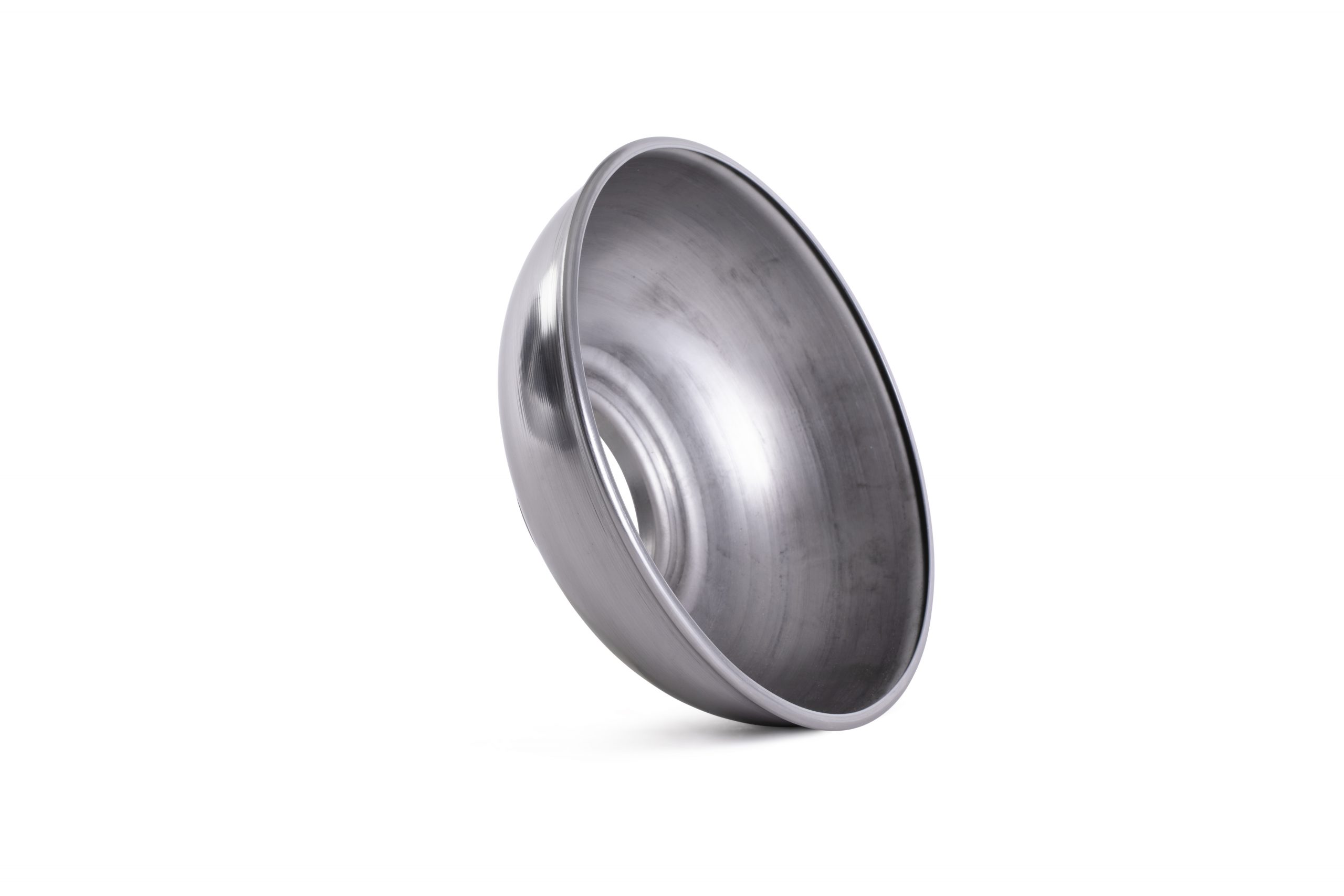 Anodising, Electropolishing and Pickling & Passivating
Anodising, Electropolishing and Pickling & Passivating Agriculture
Agriculture Automotive
Automotive Air Movement
Air Movement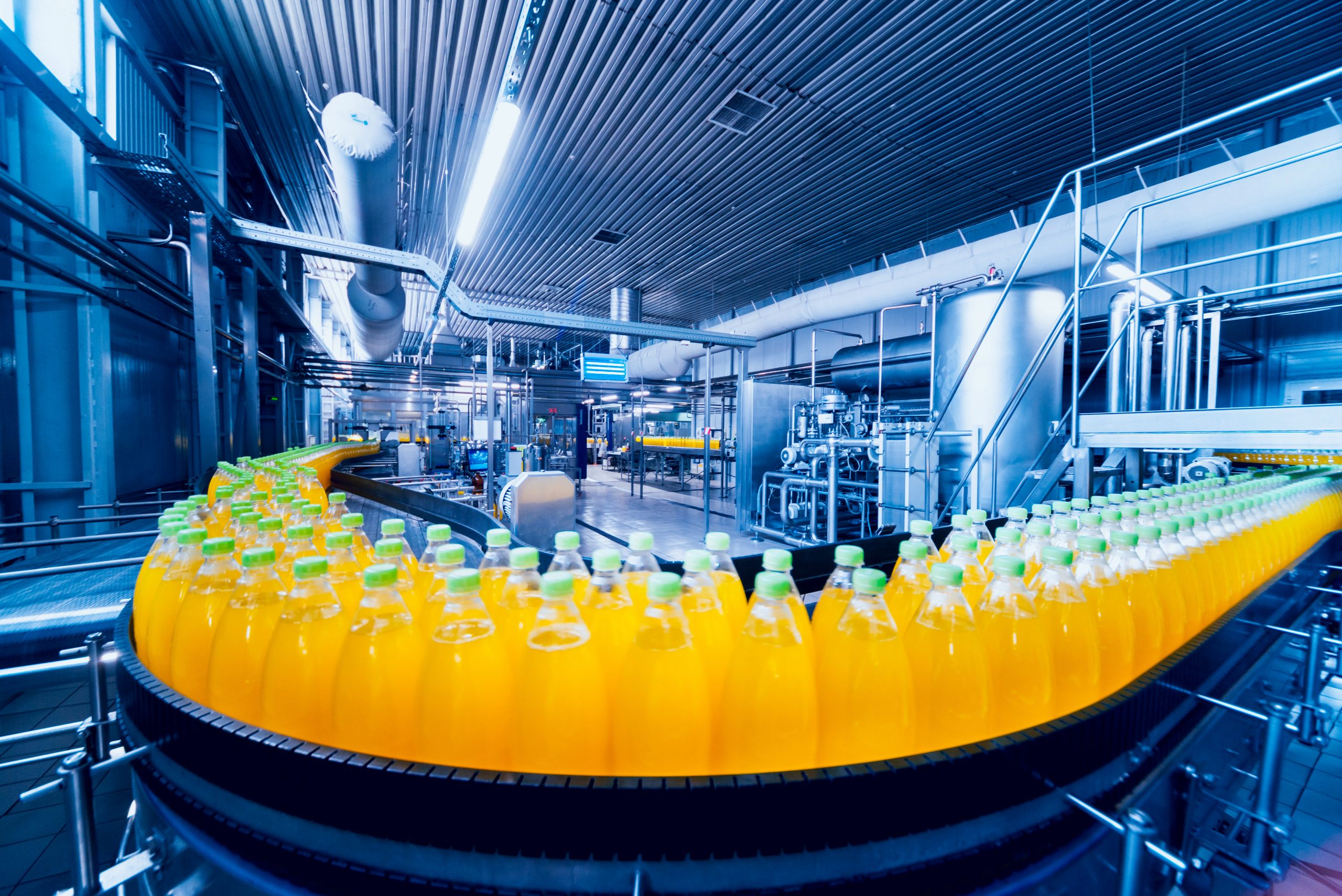 Food Industry
Food Industry Marine
Marine Medical and Cryogenic
Medical and Cryogenic Playground
Playground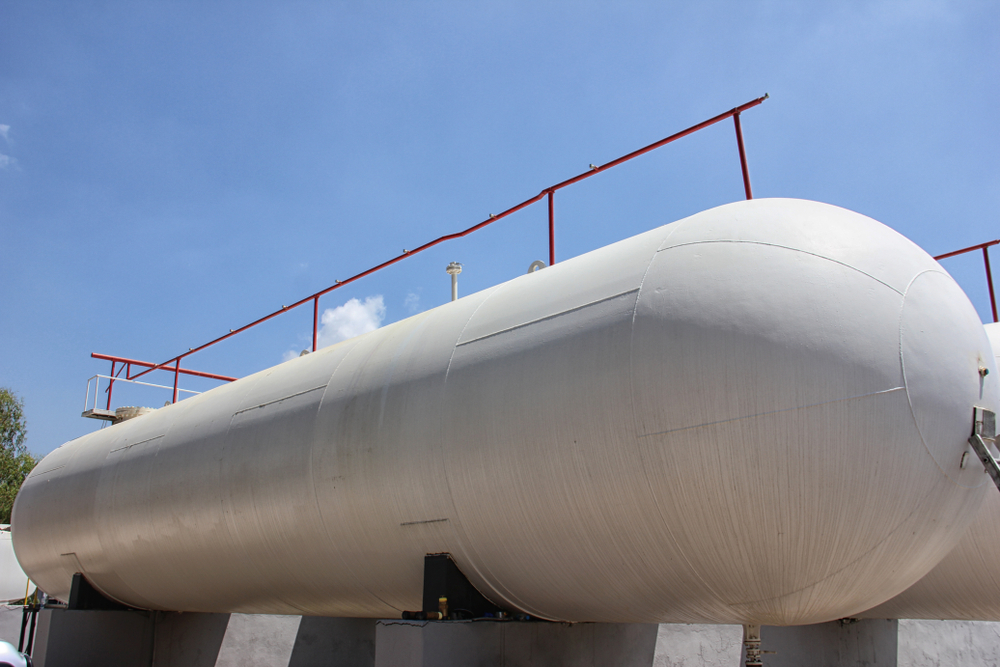 Pressure Vessels
Pressure Vessels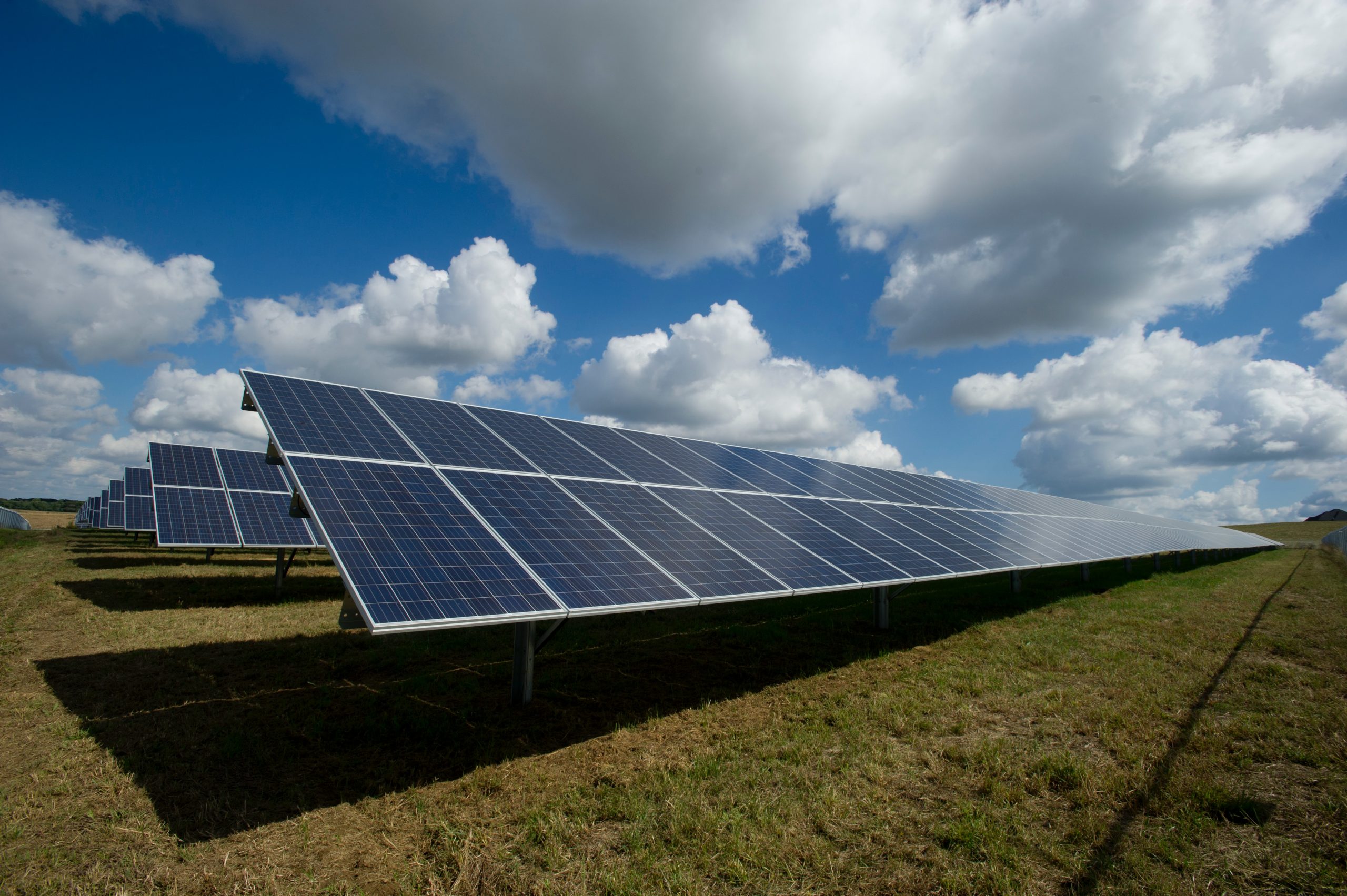 Renewable Energy
Renewable Energy Safety
Safety